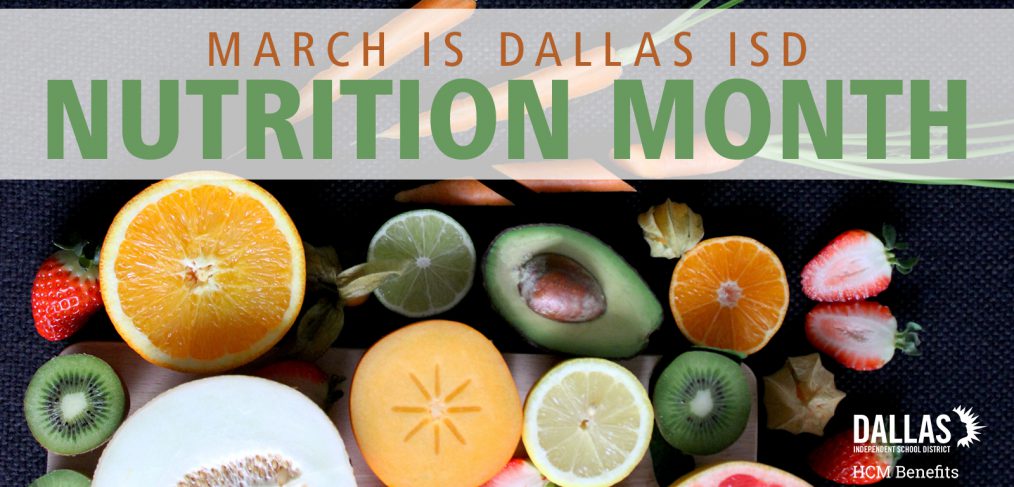
A healthy plan
The road to improving your health with good nutrition starts with a good look at your relationship with food. If you answer yes to one or more of the questions below, you might want to talk to an expert like a nutritionist or a dietician to see what you can do to improve your eating habits.
- Do you eat a lot of processed and fast foods?
- Do you have high blood pressure, diabetes, or high cholesterol?
- Is diabetes, cancer, heart disease or osteoporosis prevalent in your family?
- Is your diet varied and includes fruits and vegetables?
- Are you overweight?
- Do you eat late at night?
- Do you regularly eat more than an average of 1,200 calories per day?
- Do you feel like you lack energy?
While it can be challenging to change your eating habits, it helps to focus on small changes or adjustments. Making changes to your diet may benefit you if you have conditions that can improve with a different diet, such as diabetes, lactose intolerance, obesity, celiac disease, high blood pressure, or cholesterol.
Find strengths and weaknesses in your current diet plan. Do you eat four to five cups of fruits and vegetables daily? If you don’t, that is a good place to start in changing your eating habits.
- Make your first meal a serving or two of fruit.
- Get extra energy during your day from fruit or veggie snacks, such as an apple or carrot sticks.
- Try to have more vegetables on your plate than you do anything else and start your meal by eating the vegetables first.
- Use fruits and veggies as ingredients when you cook., for example, add spinach to your scrambles eggs or diced bell peppers to your chicken.
- Try a new fruit, veggie, or recipe each week to keep it interesting.
Do you eat enough high fiber foods? Here are some good choices to try:
- Good grains to eat are (bulgar) cracked wheat, Oats, millet, farro, teff, sorghum, buckwheat, barley, and spelt.
- Food that have a lot of fiber and other nutritional benefits include chickpeas, quinoa, beans, almonds, pecans, walnuts, chia seeds, berries, and sweet potatoes.
Cut down on unhealthy fat. If you currently eat a lot of unhealthy fat, try to cut back. Fat is an important part of a nutritious diet, but try to consume good fats, like vegetable-based fats rather than saturated or animal-based fats.
- If eating meat, remove the skin before cooking and bake, grill, or broil instead of frying.
- Use avocado instead of mayonnaise in your sandwich.
- Instead of chips or other greasy snacks, eat a handful of almonds or pecans, but don’t overdo it because nuts, while a healthier option, still pack a lot of calories.
- Substitute salad dressings with oil and vinegar and control how much you use.
Keeping track of what you eat and drink whether on an app or a journal can be helpful and revealing. Try to include the portion sizes and the calories to get a good idea of what you are eating and how much every day. A food diary can not only be revealing but also provide a good way to hold yourself accountable in your journey to better nutrition and a healthier lifestyle.



